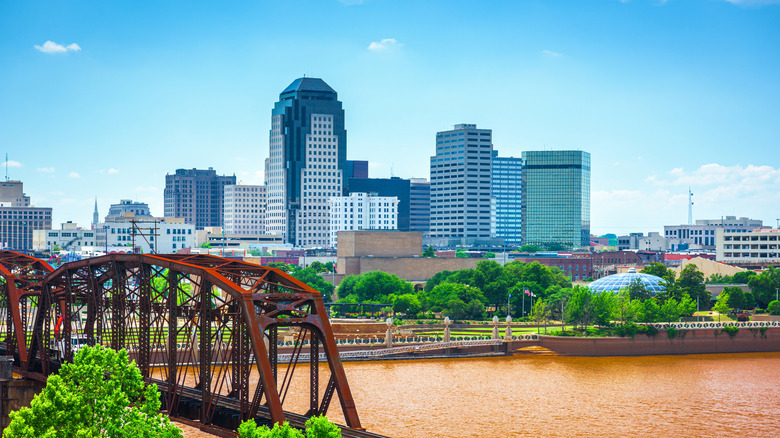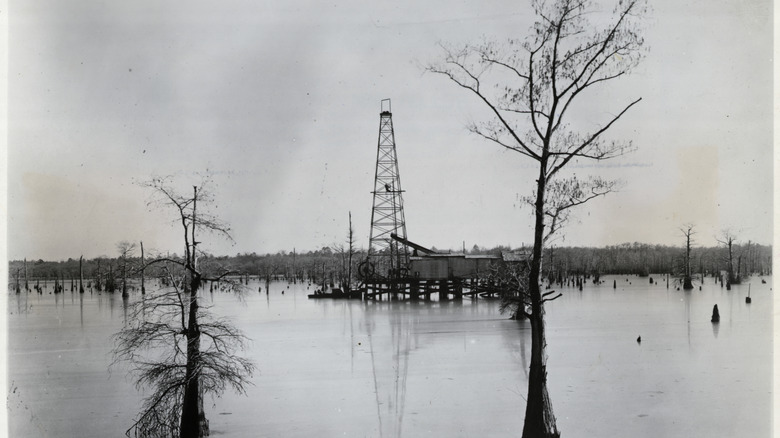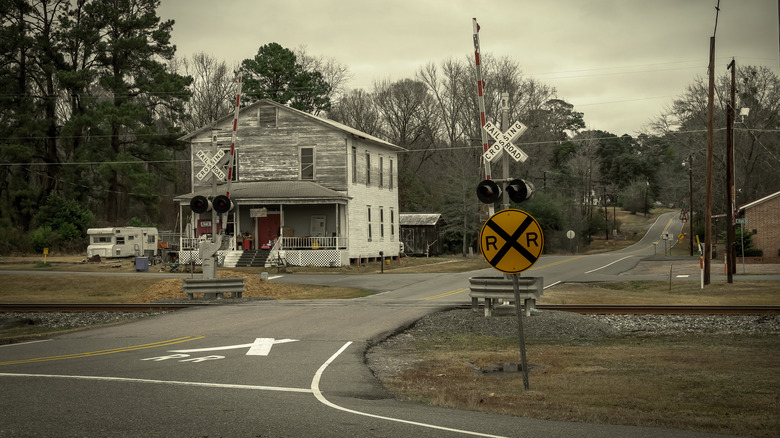An Under-The-Radar Louisiana Byway Boasts Cypress Swamps, Historic Oil Towns, And Southern Charm
When planning a Louisiana vacation, you may assume that the best options are all along the coastline. However, you don't have to go to a major tourist city like New Orleans to discover what makes the Pelican State so amazing. Instead, you can head northwest to the Louisiana/Texas border (near Shreveport) and explore what's known as the Boom or Bust National Scenic Byway.
If you've never heard of this attraction, don't worry. It's not quite as famous as other spots like The Big Easy, Lafayette (the best place to experience Cajun culture), or even the birthplace of Tobasco Hot Sauce. However, the Byway is just as much a part of the state's history and culture, and it allows you to experience a diverse array of restaurants, attractions, museums, swampland, and more.
Given that road trips are an integral part of the American vacation experience, the Boom or Bust Byway is the perfect itinerary for a Louisiana-based adventure. Spanning 137 miles, this cross-section of the state offers a one-of-a-kind vacation.
Some of the history of the Boom or Bust Scenic Byway
It's unclear when the Byway itself was established, but the history of the towns and regions along the route is rich and captivating. As the name suggests, the Byway weaves a complex tapestry of the economic ups and downs of northern Louisiana throughout the 19th and 20th centuries. One of the most significant elements is Caddo Lake, which straddles the border between Louisiana and Texas (and is one of numerous alligator-infested swamps). The lake was the site of the first over-water oil well, completed in 1911. While the well still produces today, it's nowhere near as much as the 450-barrel-per-day peak of its heyday.
One side effect of the oil boom at Caddo Lake was the formation of Oil City on its shores. Originally, the site was known as Ananias, and it was a flag stop for the Kansas City Southern Railroad. However, when oil was discovered in 1905, business boomed, and the city grew. But, Oil City was known as a wild and raucous place, filled with fights, gambling, drinking, and other sordid activities. According to legend, train passengers were advised to keep their window shades closed when stopping at Oil City to avoid seeing the mayhem.
On the other side of the Byway is Lake Claiborne and the town of Homer. Named after the ancient poet (of "The Odyssey" and "Iliad" fame), Homer was founded in 1850. The town's boom and bust period occurred on either side of the Civil War. Although the war devastated the town, it recovered until a fire broke out in 1876, followed by one of the worst snowstorms in the region's history. While Homer still thrives today, it almost faded into history after most of the town was destroyed by the one-two punch.
What to do when traveling along the Boom or Bust Byway
According to the official Byway site, there are 23 notable attractions along the route, most of which are along LA Highway 2. Some of these sites are further south in the town of Minden, so if you want to hit them all, you'll need to create your own path. You can start at either the cypress swamp of Caddo Lake or the pristine waters of Lake Claiborne and work your way to the other side.
Museums are a common sight along the Byway, and they're the best way to learn about the region's tumultuous history. Some examples include the Louisiana State Oil and Gas Museum in Oil City, Vivian Railroad Station Museum in Vivian, Germantown Colony State Museum in Minden, and Herbert S. Ford Memorial Museum in Homer.
As you're traveling, you'll also probably get hungry. Local restaurant favorites along the route include Rascal's Restaurant in Vivian (known for Southern comfort food), then Main Street Restaurant in Gilliam (home cooking at its finest), and finally, Port Au Prince Restaurant on Lake Claiborne.


